Since WW2 folding kayaks (termed canoes in many Special Forces - ignore what the sports enthusiasts say!) have been a stable ingredient for most Western water-orientated Special Forces. Derived from thousands of years of experimentation by Inuit populations, the first mass-produced folding versions were invented in Germany at the turn of the last century. It wasn't until WW2 that they were put to military use transporting commandos on raids and reconnaissance missions. The British and Australians who led the way, but Germany and the United States also employed them. After the war they remained in British service and were slowly adopted by most major Western Special Forces including Italy, France, Israel, Netherlands, Norway, Sweden and of course Germany. The stand-out exception is the US Navy SEALs who preferred inflatable boats although they have been toyed with by SEALs. The ubiquitous type is the German produced Klepper Mk.13 (aka Aerius) which was even adopted by the British and Australians - other manufacturers also make closely equivalent types and the term 'klepper' is applied to all. Military canoe operations were formed around the 'Swimmer Canoeist' concept originating in WW2 with what is today the Special Boat Service (SBS). Canoes were employed in the Falklands War (by the SAS not SBS although the latter had them in theater) and by 4-Recce Regiment (4RR) in Southern Africa during the 1980s Border War.
But even as early as the 1950s they were considered increasingly obsolete, at least in theory. The problem was radar - but the same goes for all small boat operations. There were many advantages to canoes but they were slowly replaced by inflatable boats, particularly as outboard motors improved.
Today they seem to be making a comeback, at least if the number of current projects is an indicator. Some great inovations:
The stand-out product is the Orgeta Mk.1 submersible canoe. actually based on the WW2 'Sleeping Beauty' (Motorised Submersible canoe) this applies modern technology and design methodology to a classic concept. Unlike diver propulsion devices the Mk.1 transits great distances on the surface, only submerging when when the target is approaching. This greatly increases endurance as the breathing apparatus and diver limitations are now the greatest factor limiting wet-sub capabilities. MUCH MORE INFO TO COME ON THIS DESIGN - watch for full article
 Ortega Submersibles HERE
Ortega Submersibles HERE
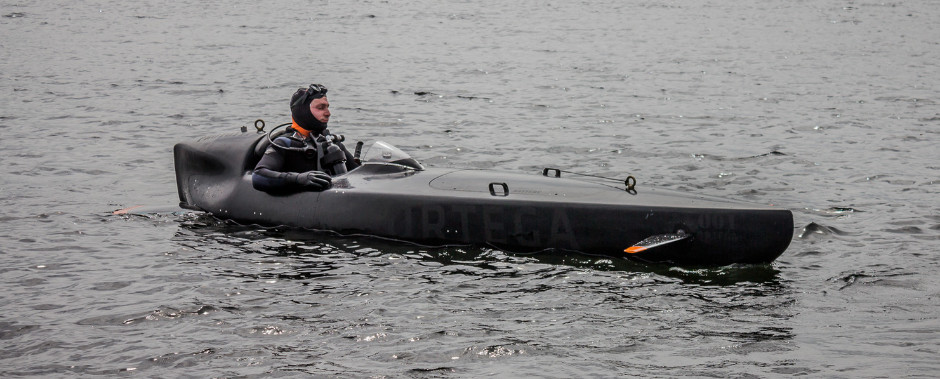
Mk.1B two-man design:
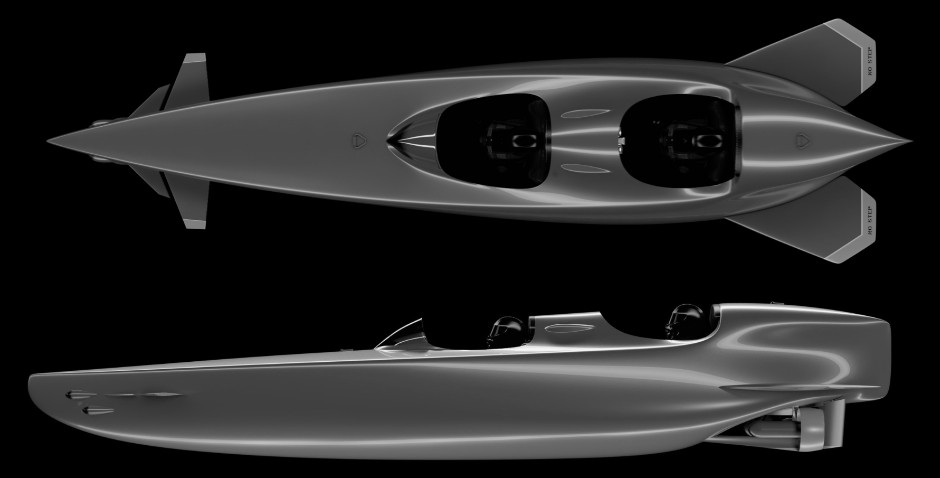
The largest Mk.1 type is the three-man Mk.1C:

German company Torqeedo offer a range of electric motors for canoes which can be mounted in the rudder position or as outboards. Modern batteries and compact motors make this very attractive and could be the tipping point to re-popularize folding kayaks for military operations. The configuration is not without its trade-offs but the light weight, above-water noise signature and useful endurance make a compelling case.
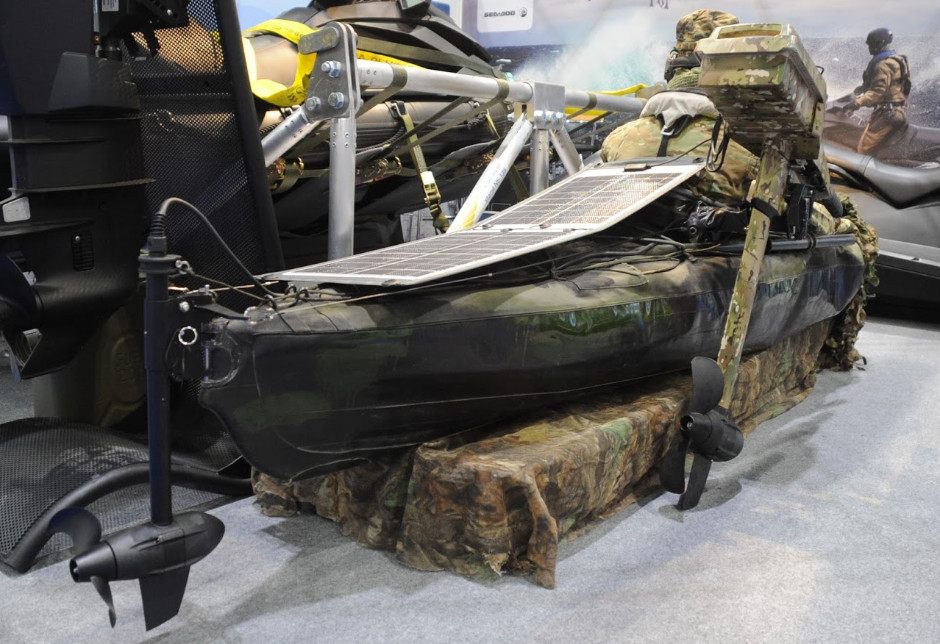
The technology is a cross-over from the recreational market, and Torqeedo were not well known for military products but they are getting a bit of limelight after the DSEI 2015 trade show in London.
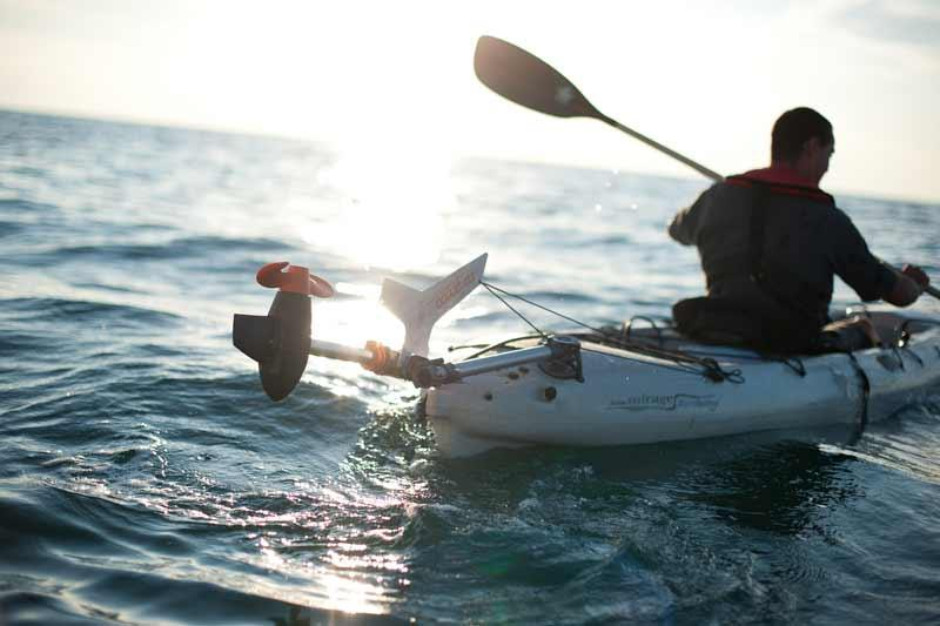
The Mokai ES-Kape motorized canoe is another cross-over from the recreational market. Something like a jetski, this craft has the potential to operate in Special Forces roles ordinarily carried out by jetskis but with a lower profile and lighter weight. It is limited to one person but can operate in just 6" of water at speeds of up to 16kts carrying 300lb (including the driver). It is however relatively heavy at 200lb (compared to less the 100lb for a two-man folding kayak) and only carries a single adult. Its Achilles heal from the military perspective is the petrol engine (diesel is NATO standard).which is both non-standard (diesel being the NATO single-fuel standard) and much more dangerous. It is unlikely that a submarine captain would allow it inside the sub, although the same is true of early outboard motors for inflatable boats.
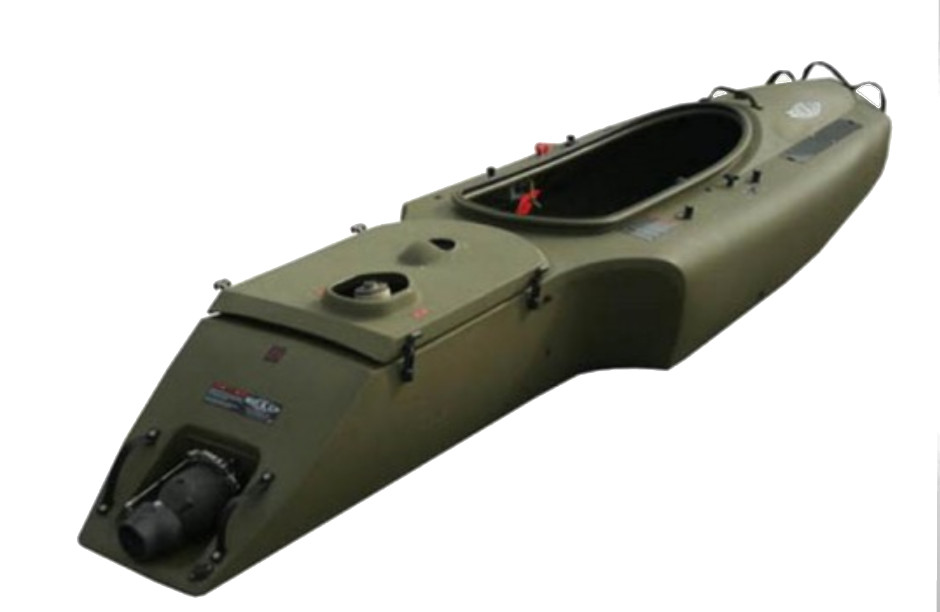
For storage and transport it breaks into three parts with the nose and motor fitting inside the cockpit:
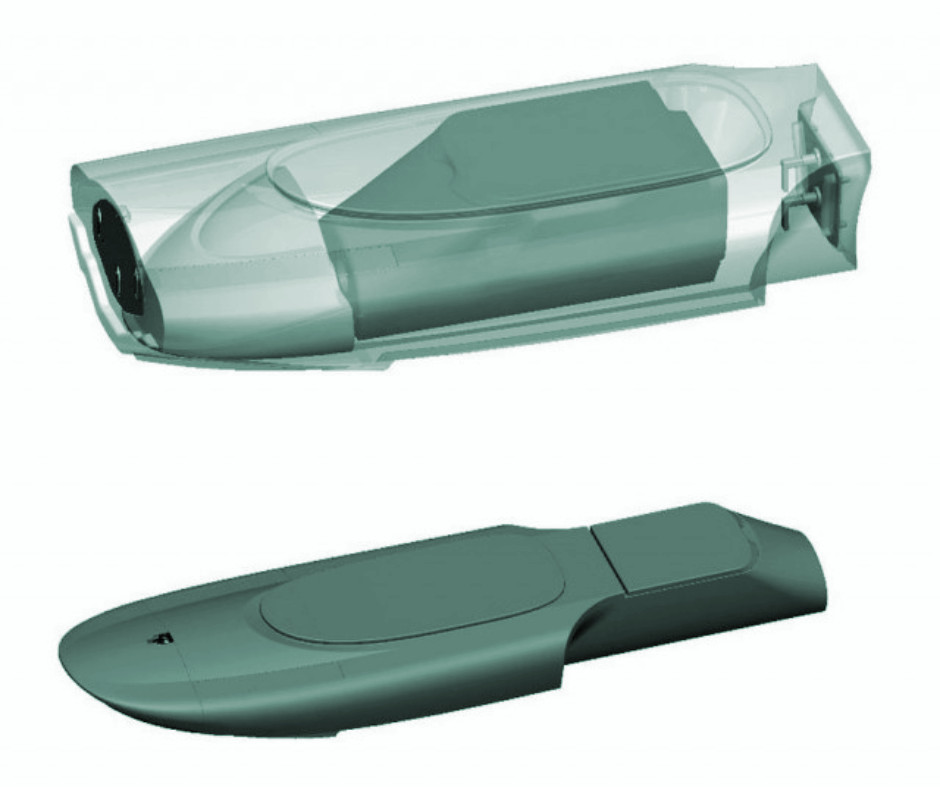
Not a military project but fascinating all the same is the Subo Submersible Kayak. It is a garage-build by expert kayaker Olivier Feuillette and was test dived in 2014. Militarily it is questionable but a fantastic craft and outstanding achievement. Most of all, it works.
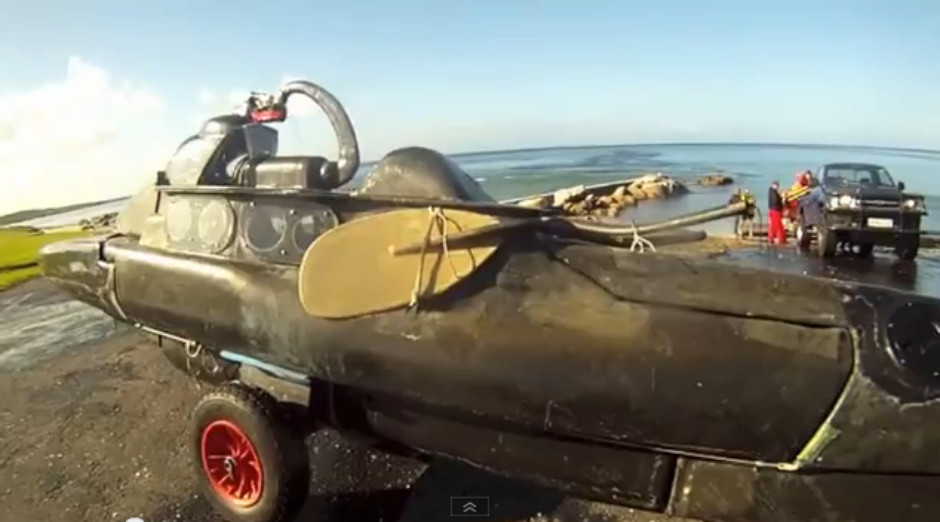
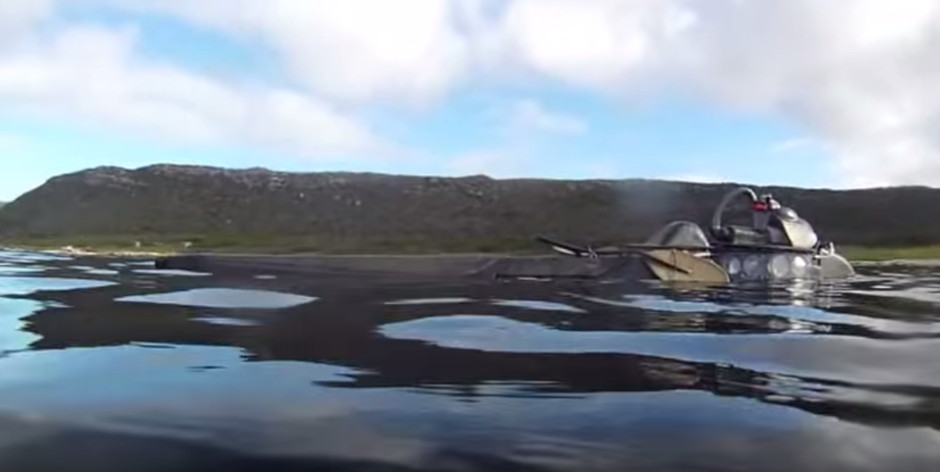
Understandably underwater performance is only modest but the dry interior reduces operational complexity.
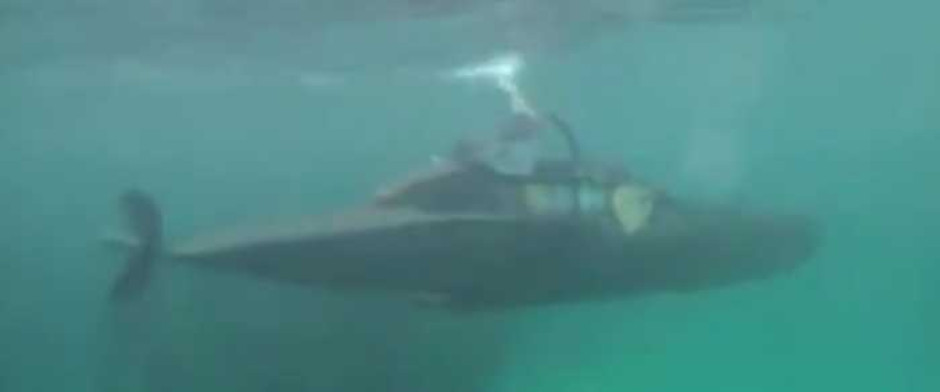
The narrow beam and conventional seating position means that on the surface it can be paddled effectively, greatly increasing its range and reliability.
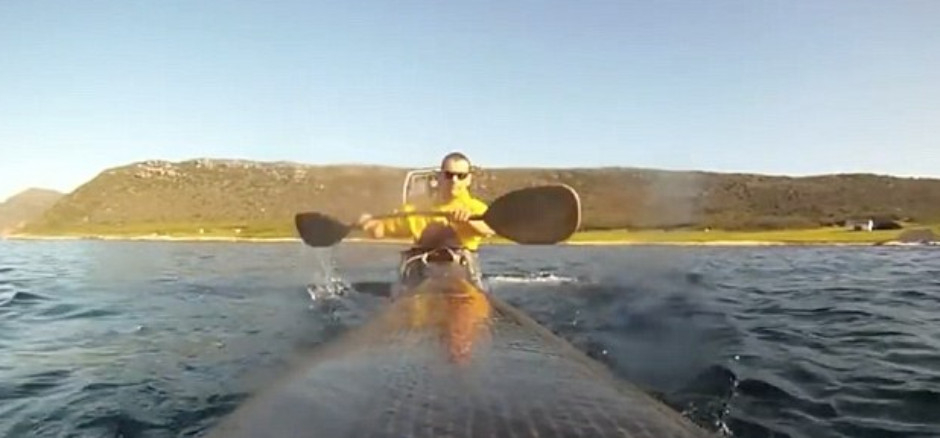
Great video: YOUTUBE.
